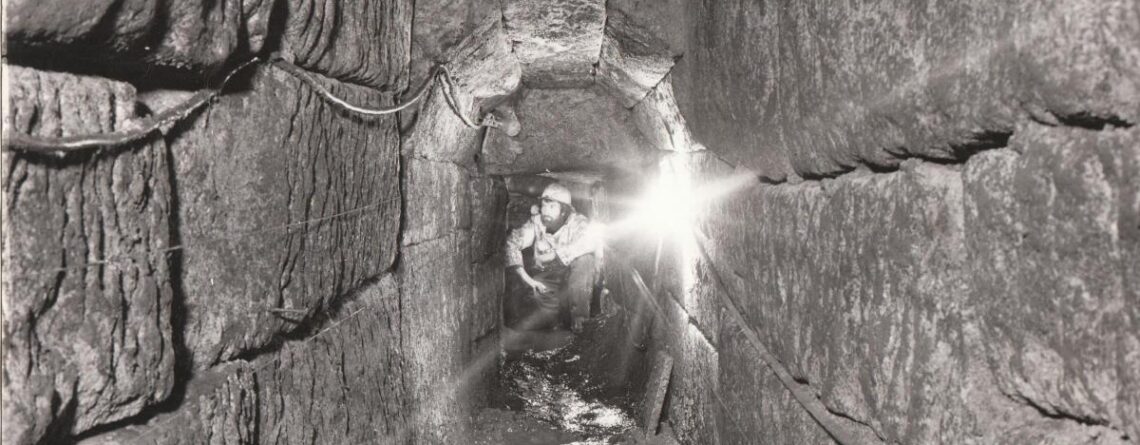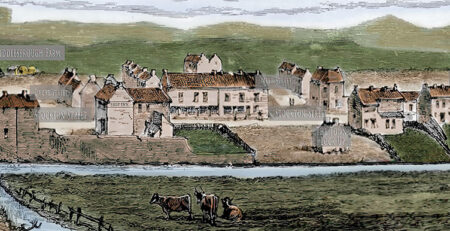The Roman sewer discovered under York – and what it confirmed about toilet habits!
In 1972 a large sewer was discovered under Church Street in York.
Big enough to walk through, early investigations clearly identified it as a very old structure, most likely of Roman origin.
This was later confirmed.
Like today’s modern sewers, this underground route included many features such as side channels, sluices and even manhole covers in the street above.
The size of it allowed slaves access to clean the sewer of any build-up of excrement or other detritus which had been washed down by the city’s inhabitants.
This 52m section was the main sewer of Roman York and served the baths a short distance away. Today it is open on occasion for curious visitors to explore.
However, it’s what investigators discovered while analysing the sewer which is really interesting.
Sponges, Worms and Parasites
Analysis of ancient sewage which was still evident in the sewer after its discovery in the 1970s allowed historians to piece together a little more about life in Roman times.
It confirmed that the residents of York were riddled with worms and bowel parasites, presumably from poor hygiene and the questionable quality of the food they were eating.
There were also many spicules, or structures, of marine sponges discovered in the sewer. This confirmed what was known from literature that Roman citizens used sponges just as we use toilet paper – except that they probably had a communal use, rather than single, personal use.
So, next time you flush the toilet, spare a thought for the poor Romans of York who had a much less comfortable experience!

This photo, and hundreds more showing life in York over the decades, is from York Through the Lens of The Press, by Paul Chrystal. Out now!












